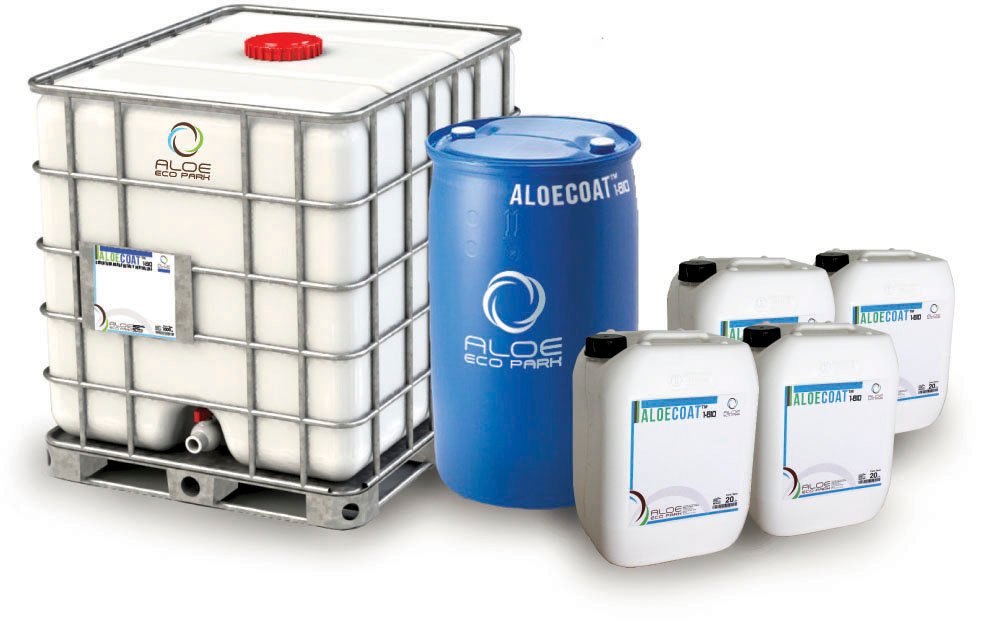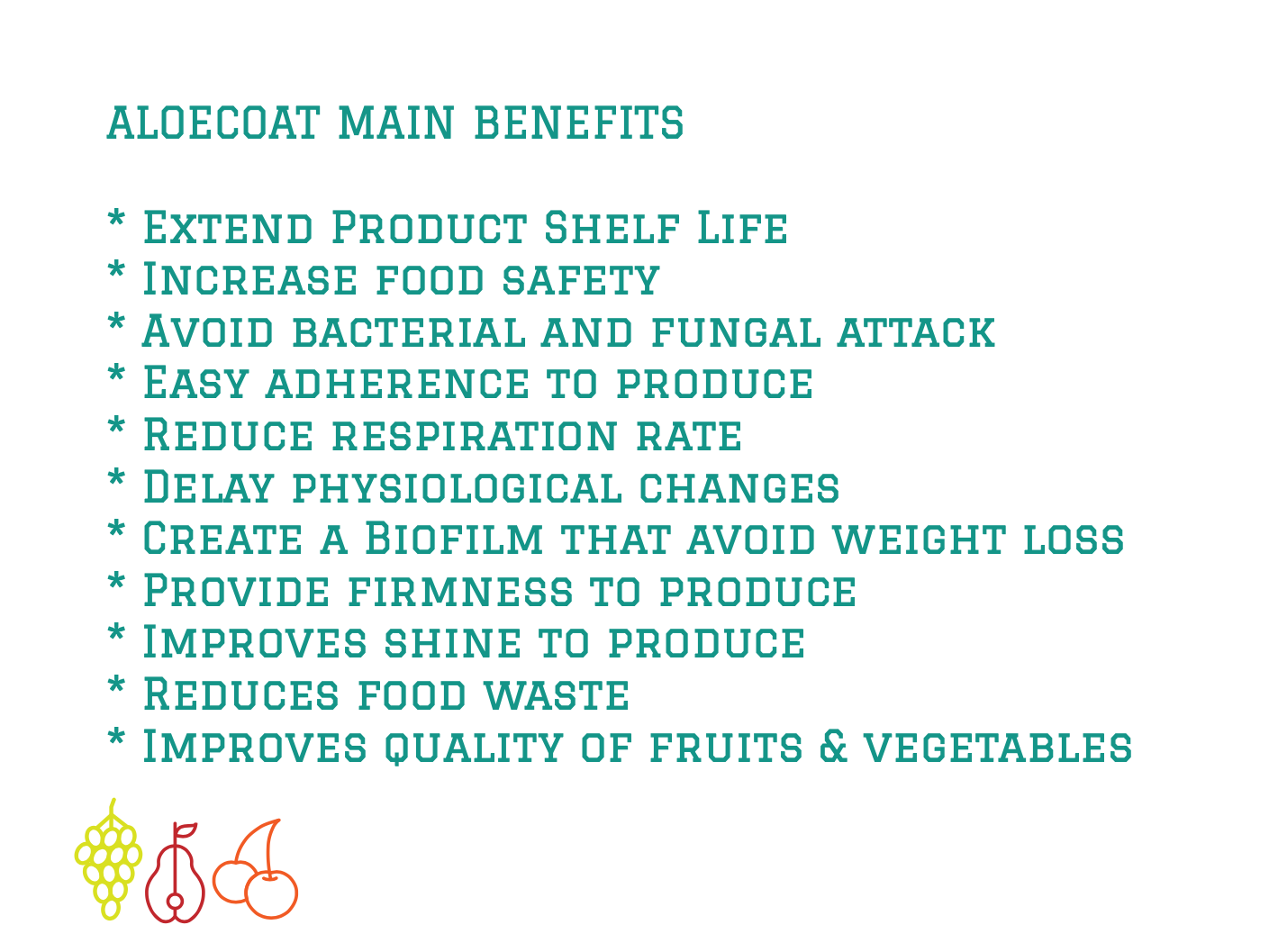Optimizing California’s Grape Production with Aloecoat: A Sustainable Post-Harvest Solution
California is the heartbeat of the U.S. grape industry, producing approximately 94% of the nation’s grapes, including table grapes, wine grapes, and raisins.
Valued at over $5.5 billion in 2022, the state’s grape sector is a cornerstone of its agricultural economy, thriving in regions like the San Joaquin Valley, Kern, Tulare, Fresno, Napa, and Sonoma counties.
However, grape production faces challenges such as post-harvest losses, environmental pressures, and operational inefficiencies.
Innovative solutions like Aloecoat, a biodegradable aloe vera-based coating, offer transformative benefits to reduce fruit waste and enhance industry operations.
In this article, we explore the key characteristics of California’s grape production and how Aloecoat can revolutionize post-harvest management.Characteristics of Grape Production in California
- Diverse Production and Economic Significance
California’s grape industry is diverse, encompassing table grapes, wine grapes, raisins, and grape-juice concentrates. In 2021, the state harvested 5.75 million short tons of grapes from 829,000 acres, with table grapes alone valued at $1.18 billion at $1,300 per short ton. The San Joaquin Valley dominates table grape and raisin production, while Napa and Sonoma are renowned for premium wine grapes. This diversity supports a robust economy, contributing tens of billions annually through direct sales and wine-related tourism. - Favorable Climate and Growing Conditions
California’s Mediterranean climate, with mild winters (3–40 inches of precipitation) and long, dry summers, is ideal for grape cultivation. The growing season extends from budbreak in March (San Joaquin Valley) or January–February (Coachella Valley) to harvest, typically from July to October, depending on the cultivar and region. However, challenges like heatwaves, drought, and wildfires, exacerbated by climate change, can stress vines and affect yield and quality. - Post-Harvest Challenges
Post-harvest quality is critical for table grapes, which are prized for high soluble solids concentration (SSC) of 14–17.5%, a SSC/titratable acidity (TA) ratio of 20 or higher, and vibrant color for red and black cultivars. Key issues include:- Stem Browning and Water Loss: Water loss thresholds as low as 2.1% for Flame Seedless and 3.1% for Thompson Seedless cause stem browning, reducing marketability. Long cooling delays during mild weather exacerbate this issue.
- Gray Mold (Botrytis cinerea): This destructive post-harvest disease develops at low temperatures (31°F/-0.5°C), causing berry browning, skin loosening, and spoilage.
- Shatter: Berry detachment from cap stems increases with over-maturity, rough handling, and ethylene exposure (>10 ppm), leading to significant losses.
- Waterberry and Other Disorders: Associated with high nitrogen levels or canopy shading, waterberry causes watery, soft berries, requiring labor-intensive trimming. These challenges contribute to fruit waste, with losses from gray mold alone being a major concern for growers.
- Sustainability and Climate Pressures
Climate change poses significant risks, including warming temperatures, extreme heat events, and wildfires, which cause smoke taint and economic losses (e.g., $4.2 billion in 2020 for the wine industry). Drought, a persistent issue, has driven adoption of drip irrigation and soil moisture monitoring to optimize water use. Growers are also embracing sustainable practices like organic and biodynamic farming to meet consumer demand and mitigate environmental impact. - Labor and Operational Dynamics
Grape production is labor-intensive, with workers facing heat-related risks during harvest. The industry relies on precise post-harvest handling, including prompt cooling, sulfur dioxide (SO2) fumigation, and controlled atmosphere storage (90–95% relative humidity, -1.0 to 0°C), to maintain quality. However, operational inefficiencies, such as delays in cooling or rough handling, increase waste and costs.
Aloecoat: A Game-Changer for Post-Harvest Grape Management

Aloecoat, a biodegradable coating derived from aloe vera’s polysaccharides, enzymes, and bioactive compounds, offers a sustainable solution to address post-harvest challenges in California’s grape industry.
By forming a protective, edible barrier on grape surfaces, Aloecoat enhances shelf life, reduces waste, and streamlines operations. Here’s how Aloecoat can transform post-harvest outcomes:
- Reducing Fruit Waste
- Moisture Retention: Aloecoat’s moisture-retaining properties minimize water loss, preventing stem browning and shriveling. By maintaining berry firmness and reducing water loss below critical thresholds (e.g., 2.1% for Flame Seedless), Aloecoat ensures grapes remain visually appealing and marketable for longer.
- Botrytis Control: The coating’s antimicrobial properties, inhibit gray mold growth, reducing spoilage during storage and transport, even at low temperatures. This decreases reliance on SO2 fumigation, a common but chemical-intensive method.
- Shatter Reduction: Aloecoat strengthens berry attachment to cap stems by creating a protective layer, minimizing shatter caused by rough handling or ethylene exposure. This preserves cluster integrity, reducing losses from field to retail.
- Extending Shelf Life
Aloecoat slows respiration and ethylene production, extending the market life of table grapes. With respiration rates of 1–2 ml CO2/kg·hr at 0°C, grapes coated with Aloecoat maintain freshness longer under recommended storage conditions (-1.0 to 0°C, 90–95% RH). This is particularly valuable for long-distance markets, where California grapes are shipped globally. - Enhancing Sustainability
As a biodegradable, non-toxic, and plant-based coating, Aloecoat aligns with California’s push for sustainable viticulture. Unlike synthetic coatings, it reduces environmental impact and meets consumer demand for clean-label products. By minimizing the need for chemical treatments like SO2, Aloecoat supports organic and biodynamic farming practices, enhancing market appeal. - Improving Operational Efficiency
- Streamlined Handling: Aloecoat’s ease of application (e.g., dipping or spraying) integrates seamlessly into existing packing lines, reducing labor-intensive processes like trimming waterberry-affected berries.
- Cost Savings: By reducing waste and extending shelf life, Aloecoat lowers losses from unsellable fruit and decreases the frequency of equipment maintenance caused by corrosion or scale buildup in storage systems.
- Market Competitiveness: High-quality, long-lasting grapes enhance California’s reputation in global markets, supporting the industry’s $1.18 billion table grape sector and boosting profitability.
- Climate Resilience
Aloecoat helps mitigate climate-related challenges by protecting grapes from heat-induced quality degradation and smoke taint from wildfires. Its antioxidant properties, derived from aloe vera’s phenolic compounds, help preserve grape flavor, color, and aroma, ensuring premium quality despite environmental stressors.
The Future of California’s Grape Industry with Aloecoat
California’s grape industry faces a dynamic landscape of opportunities and challenges. While its favorable climate and diverse production solidify its dominance, post-harvest losses from water loss, gray mold, and shatter, combined with climate pressures, threaten profitability.
Aloecoat offers a cutting-edge solution, leveraging aloe vera’s natural properties to reduce fruit waste, extend shelf life, and enhance sustainability.
By integrating Aloecoat into post-harvest protocols, growers can improve operational efficiency, meet consumer demand for eco-friendly products, and maintain California’s leadership in the global grape market.
At aloegel.biz, we are committed to advancing sustainable agriculture with innovative aloe-based solutions.
Please read our blog for more details on AloeCoat properties and benefits.
Main Benefits of AloeCoat- Post Harvest Solution for Fruits and Vegetables
Advantages of AloeCoat for Fruits and Vegetables to the Fresh Produce Chain
Contact us to learn how Aloecoat can elevate your grape production, reduce waste, and drive profitability in an ever-evolving industry.
For purchase orders, enquiries and quotations please contact with us or write to aloetrade (at) gmail.com
Many thanks!

